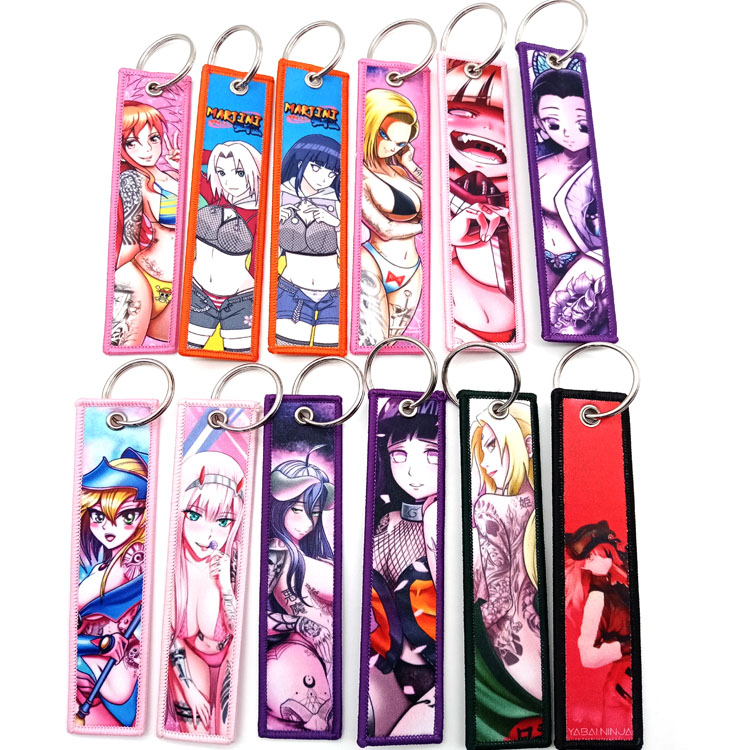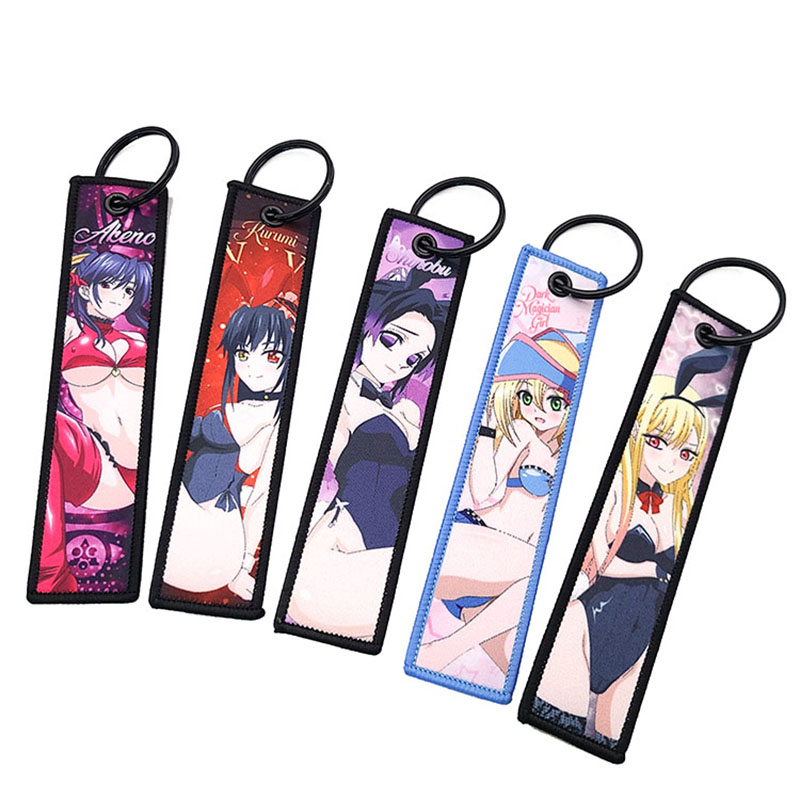In addition to letterpress printing, offset printing, and gravure printing methods, there are many kinds of printing methods, and it is not easy to classify them accurately.
 Milo printing
Milo printing In addition to letterpress printing, lithography, and intaglio printing methods, there are many kinds of printing methods, and it is not easy to classify them accurately. It is customarily referred to as "special printing."
The range of special printing is very wide. Here only a few printing methods commonly used in book printing are selected for brief introduction.
One, woodblock watermark
The woodblock watermark is a traditional printing method created by the working people of our country. The woodblock watermark was developed after the traditional Chinese silk printing technology inherited from the motherland, and it has a history of more than a thousand years. It can use rice paper and silk to print a variety of elaborate reproductions. The copy of Chinese paintings made with woodblock watermarking methods can be almost utterly circumstantial and therefore world-famous.
The feature of the woodblock watermark is that it can perfectly replicate the unique style of Chinese ink and color ink paintings, which is difficult to achieve in modern printing. It is difficult to find traces of prints on replicas of woodblock watermarks. It preserves the tone and charm of the original paintings and achieves artistic effects resembling the original works of artists.
The printing and printing of the woodblock watermark is completely done by hand. It mainly includes three processes: hook tracing, engraving and watermarking.
1. Trace description. First analyze the original. The number of printing plates and sub-plates is determined according to the color level of the original, the shades, the actuality, the artist's style and artistic characteristics, and the size of the picture. The size of the plates and the number of prints are determined by the complexity of the colors. Generally from several sets to dozens of sets. After the distribution of the good editions, they will start tracing and then cover them with semi-transparent pelt paper, and use a brush to trace them carefully and piece by piece. How many pieces of printing plate are divided, you have to trace the number of pieces of paper.
2. Engraved version. Detach the draft papers of the pelt papers and paste them on the wooden boards, and then dry them until they are solid. The wooden board uses pear wood or jujube wood, and the surface should be smooth and smooth. Engraving workers will engrave the paintings of the paintings into wooden plates of various colors. When carving, attention should be paid to the starting and ending of the original paintings, and the characteristics and style of the original paintings should be fully understood so that the spirit of the original paintings can be fully expressed. When you sculpt, you want to separate the printing plates of the same color in one place.
3. print. The printed wood plates are printed one after the other. The color used in printing is not ink, but water paint used in Chinese painting. The tool used on the paint is a brown brush. When color printing, the shades of moisture and the size of the water should be the same as those of the original. After printing, some still use the brush to process it. The final assembly is finished product.
Second, the print edition
Feiluo printing, also known as glass printing. This is the first printing method using photolithography. Regarding the relative position of the printing plate's graphic and blank parts on the printing plate layout, there is no concave or convex mark on the plate version, which belongs to the lithographic plate.
The Feiluo printing is to apply a layer of colloidal sensitized film of bone glue and dichromate on the frosted glass, and then apply the negative film on the film to expose it. The back of the film should be exposed for a short time, washed and dried. , see light partially hardened to form images. The depth of the image is not expressed by dots of different sizes (because the Milo version does not use a screen), but it uses the fineness of micro wrinkles on the film to express it. The more light the film feels, the more wrinkles
The more textures, the darker the hue. On the contrary, the brighter the hue is. When the film image is brushed with ink, the paper is printed and the positive image is printed.
The Milo Edition has the advantages of exquisite printing, precision, and good copying effect. It is suitable for copying some exquisite paintings with rich shades and delicate manuscripts. In addition to copying monochrome originals, this technique can also be used to copy colored originals. When printing color pictures, as with the woodcut watermarking technique, it is necessary to make a few plates according to the manuscript and overprint it several times to be able to print a reproduction with rich colors and vivid shades of shades.
Since the base plate of the Feiluo plate is a glass plate, it is printed by contacting the paper with weak adhesive film. Therefore, the plate has a short life span and cannot be used for mass reproduction. The number of prints is usually about 2,000 copies. .


